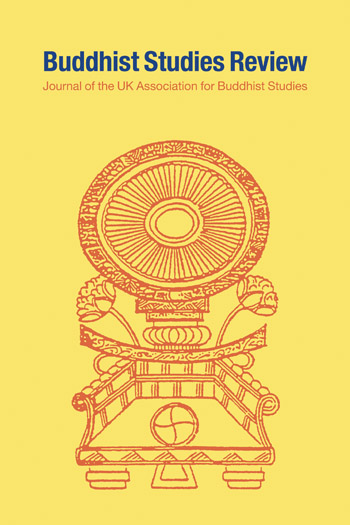Reviews
Pye (Philipps Marburg Univ., Germany) has put together a groundbreaking collection of essays on Shinto in Japanese history, society, and religious life. The volume is divided into three parts. The first, “Concepts and Viewpoints,” offers new insights into the definition of Shinto and its history. Avoiding the problems inherent in explaining Shinto from the inside, Pye bravely answers the question “What is Shinto?” in a thought-provoking essay. Marcus Teeuwen’s thoughtful essay on writing the history of Shinto will be of great interest for its examination of the various historiographical approaches to Shinto taken heretofore. The second part of the book, “Exploring Borderlands of Shinto,” examines the ways in which Shinto and Buddhism interacted, influenced each other, and combined to form a unique syncretism. Here, D. Max Moerman’s study of underground Buddhism at the Ise Shrines is particularly revealing. The third part, “The Puzzle and Fascination of Sect Shinto,” offers studies of various “new religions” and Shinto offshoots that reveal the diversity of Shinto influence in the religious life of the Japanese people. The overall intent of the book is to challenge the view that Shinto is a single coherent religion with distinct and regular characteristics. For all who are interested in Japanese religion and history.Summing Up: Recommended. Lower-division undergraduates through faculty; general readers.
CHOICE








